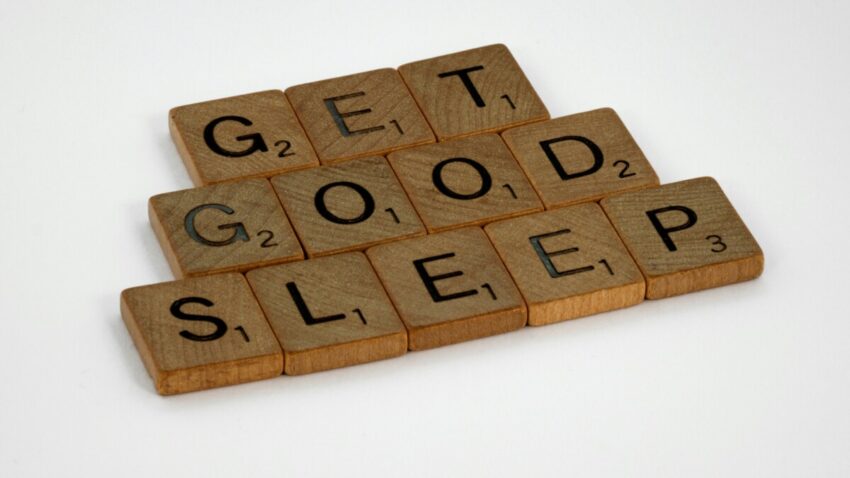Approximately 30 million people have sleep apnea, but only six million are correctly diagnosed with sleep apnea in the United States. When we’re asleep, our bodily functions keep us breathing as normal without our conscious awareness. However, sleep apnea causes a person to stop breathing entirely, and the lack of oxygen forces them to wake up and breathe. The abrupt, repeated pattern of awakening prevents the person from getting restful sleep and can have other harmful repercussions.
What is Sleep Apnea?
There are several but the three most common are obstructive sleep apnea (OSA), central sleep apnea (CSA), and treatment-emergent central sleep apnea. In all three cases, it occurs when a sleeping person stops and starts breathing repeatedly. However, the reason for the irregular breathing varies for each.
- OSA is caused by bodily conditions that block the upper airway tract. For example, the person’s tongue may block the airway, or their throat muscles may block the airflow into the person’s lungs.
- For CSA, the person’s brain doesn’t send the correct signals to the muscles necessary for unconscious breathing.
- Treatment-emergent central sleep apnea is a combination of both OSA and CSA; a patient will have OSA and receive treatment for OSA, but they will later develop CSA, resulting in this complex sleep apnea.
Risk Factors of Sleep Apnea
Some risk factors for sleep apnea include age, genetics, and lifestyle habits. As a person ages, the amount of fatty tissue in their neck and tongue increases the potential for airway blockage and their risk for developing obstructive sleep apnea.
As for genetics, genetic material determines the shape of one’s skull, face, and upper airway, and some of those features are more conducive to OSA. For example, larger and thicker tonsils, tongues, and necks narrow the upper airway track, making it easier for airflow to be blocked. Additionally, conditions like Down syndrome, cleft lip, and cleft palate also increase the risk of sleep apnea. Recent research has determined that sleep apnea is more common in men than women.
Smoking and drinking can also increase the risk of sleep apnea. Smoking promotes inflammation, narrowing the tract, while the chemicals in alcohol induce relaxation into the mouth and throat muscles which may result in closure of the upper airway.
Symptoms of Sleep Apnea
Symptoms for both obstructive and central sleep apneas include but are not limited to:
- Loud snoring
- Gasping for air while sleeping
- Waking up with a dry mouth
- Insomnia
- Hypersomnia
- Morning headaches
- Mood changes
Diagnosis of Sleep Apnea
The most common ways to diagnose sleep apnea are polysomnograms and at-home sleep apnea testing. Polysomnograms are overnight tests in which a patient suspected to have sleep apnea sleeps in a lab overnight, where their heart rate, breathing, oxygen levels, and brain waves are monitored. At-home sleep apnea testing is similar to polysomnograms but does not consider brain wave data. While they’re easier to conduct, at-home tests can’t be used if the patient has other sleeping disorders and may not be 100% accurate in its diagnosis. Medical professionals will commonly recommend polysomnograms after an initial at-home sleep apnea test is completed.
Sleep Apnea Treatment
Since there are various causes, there is also a wide range of treatments for sleep apnea. Weight loss, nasal sprays, medication changes, and sleeping position changes are a few conservative treatments. While these treatments cannot completely treat sleep apnea, it’s possible that they can reduce sleep apnea enough so that the patient is no longer affected by it.
Another treatment is using a positive airway pressure (PAP) ventilation device. The device increases the pressure in the upper airway tract, forcing the windpipe to be open and preventing the surrounding tissue from closing the airway. Alternatively, some mouthpieces are designed to hold a patient’s head a certain way so that the airway can be clear.
A treatment specific to central sleep apnea is nerve stimulation. The phrenic nerves, or nerves near the diaphragm that control your breathing, are stimulated so the muscles flex, resulting in regular breathing. This treatment can also be used for obstructive sleep apnea. However, instead of simulating the phrenic nerves, the hypoglossal nerves – nerves responsible for tongue movements – are simulated. The electrical current that goes through the tongue prevents it from relaxing and blocking the airway.
To treat sleep apnea, surgeries like jaw, nasal, somnoplasty, tonsillectomy, adenoidectomy, and uvulopalatopharyngoplasty can be done. These removals and corrections help air pass through the upper airway better.
Research to treat sleep apnea is continuously ongoing. In fact, in the American Journal of Respiratory and Critical Care Medicine, a study regarding the treatment of sleep apnea was published. The study found that targeting aging cells could be a potential solution to sleep apnea. As science and technology progresses, hopefully so will the treatment for sleep apnea.
– Angela Chan